There have been just so many news since my last week recap. Unfortunately, these days, I have to prioritize for my family. So this is going to be an update that covers both recent and not so recent events. Meanwhile, I’d rather skip the Blender 2.90 release because it’s been covered so extensively, and v2.91 is in beta now anyway.
Graphics
Krita 4.4.0 is finally out. Highlights:
- Multiple fill layer updates: multi-threading, screentone, multigrid, and SeExpr options
- Diagonal selection lines in MyPaint color selector
- Gradients can now use current foreground and background colors
Here is the full list of changes. And here is a video:
Quite coincidentally, GIMP 2.10.22 became a file formats update release. It wasn’t planned, it just happened.
- Improved HEIC support and newly added AVIF support
- Quite a few improvements in the semi-forgotten PSP file format plugin
- Improved multi-layer TIFF exporting
- Exif’s Orientation meta tag is now dropped to avoid extra rotation
- The GEGL operation tool now has a Sample merged option for when you need to pick a color from the canvas
MyPaint got several nice updates in the past several months. If you’ve been missing numeric input for values, you can now double-click on a slider to get this:
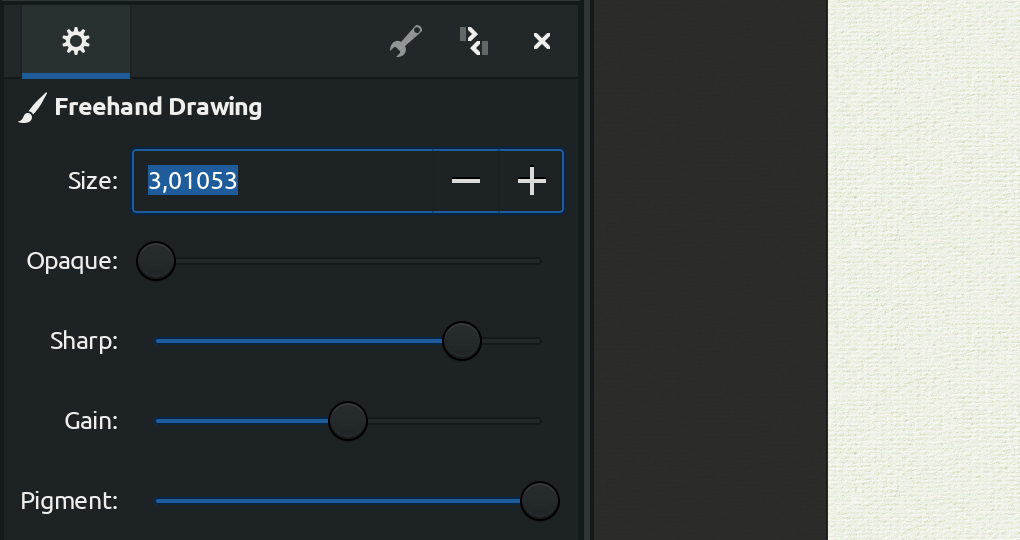
You can also use the Shift modifier to enable precision mode where the same amount of force will change the value in smaller increments.
Frame dimensions can now be edited in the sidebar rather than in the modal dialog:
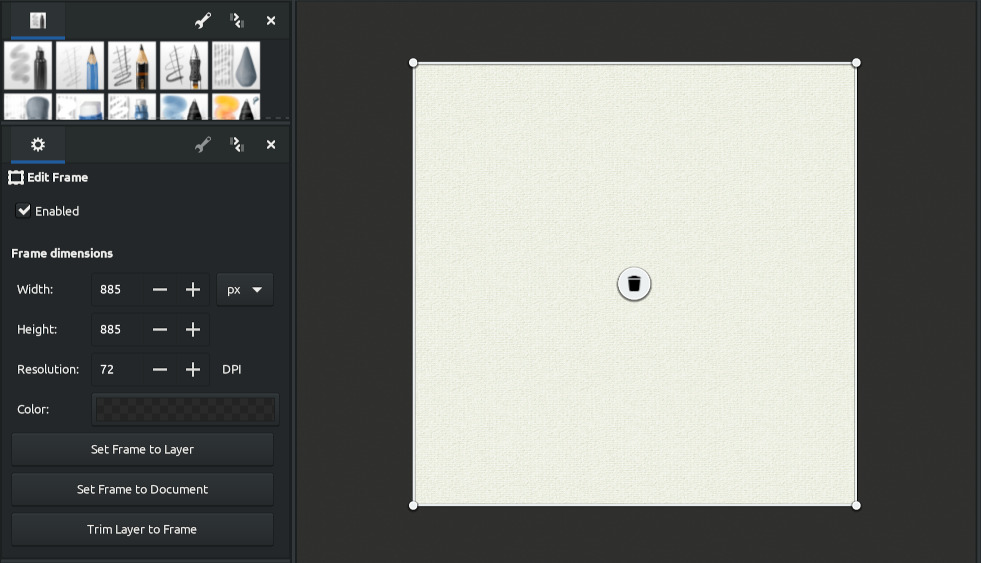
One new feature added back in July that I haven’t figured out yet is brush resizing by dragging on the canvas. The commit message is unspecific, and all modifiers I’ve tried don’t do anything like that. Let me know if you manage to make it work!
Something I did not expect happening was me taking a rare spare evening to go through patches and bug reports for Fontmatrix, applying as many fixes as possible, and tagging the first release in 11 years.
It comes with a basic Qt5 port, an update to match Unicode 13.0 coverage, a bunch of UI changes made by Pierre Marchand around 2011, and all sorts of fixes contributed by wonderful people who stopped by long enough to help with this or that.

The sad fact is that there is no real developer working on Fontmatrix today. I was never involved with the project beyond fixing some UI stuff, writing docs, and translating the program into my native language. The only reason I tagged the release is that people actually wanted to access the latest stuff available while their distros were only shipping version 0.6.0 from years and years ago.
When Pierre left the project, there was a lot of unfinished stuff there. Ideas he started playing with but never completed. New features that never stabilized. Loose ends all around. I mean, it even ships with a local copy of harfbuzz from 13 years ago. And you really don’t want looking at some parts of the UI on a HiDPI display. Still, I believe this had to be done.
Michael Murphy (of System76 fame) released FontFinder 2.0.0, an application for browsing and installing fonts from Google’s typefaces directory. There aren’t major new feature in this release, contrary to what you’d expect from a major update. Still, if you use it, you might want updating.
Photography
Perhaps, the most visible change so far is the complete reorganization of effects in the darkroom mode. It now defaults to four groups: active, technical, grading, and effects.
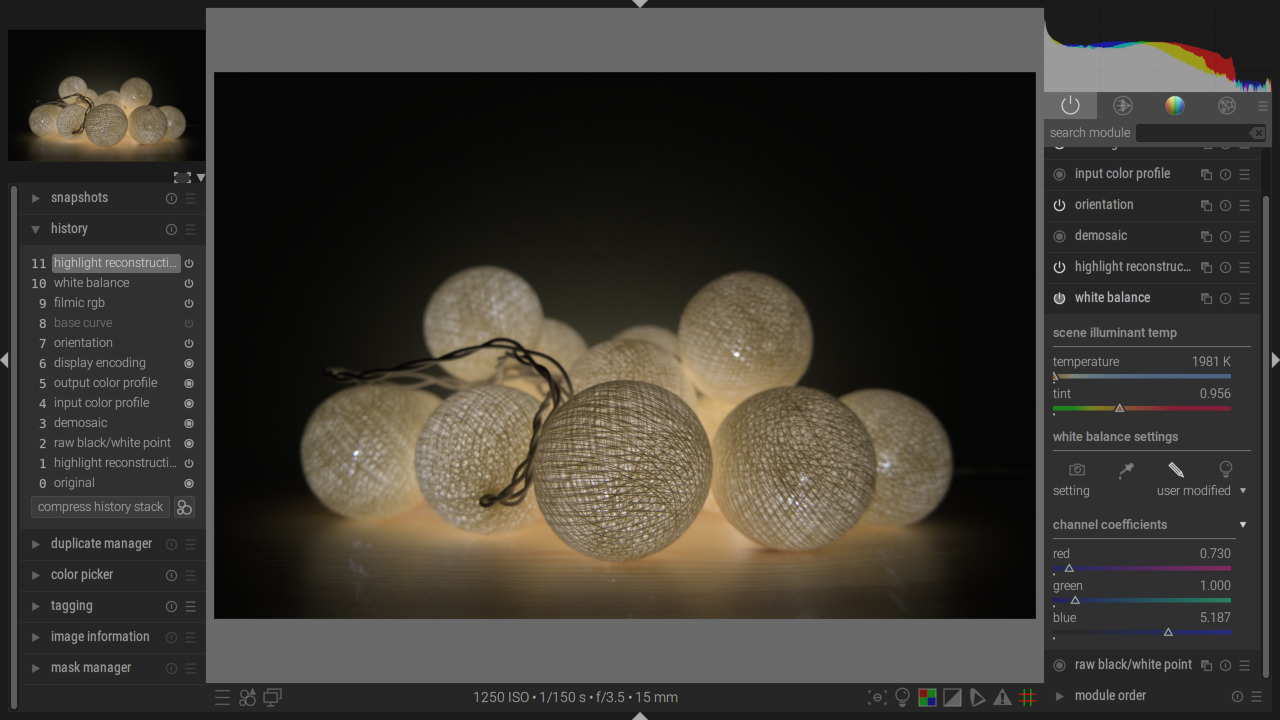
The really huge difference is that you can now reorganize effects however you like, make custom groups, assign icons to them etc. And you can switch between this kind of organization presets.
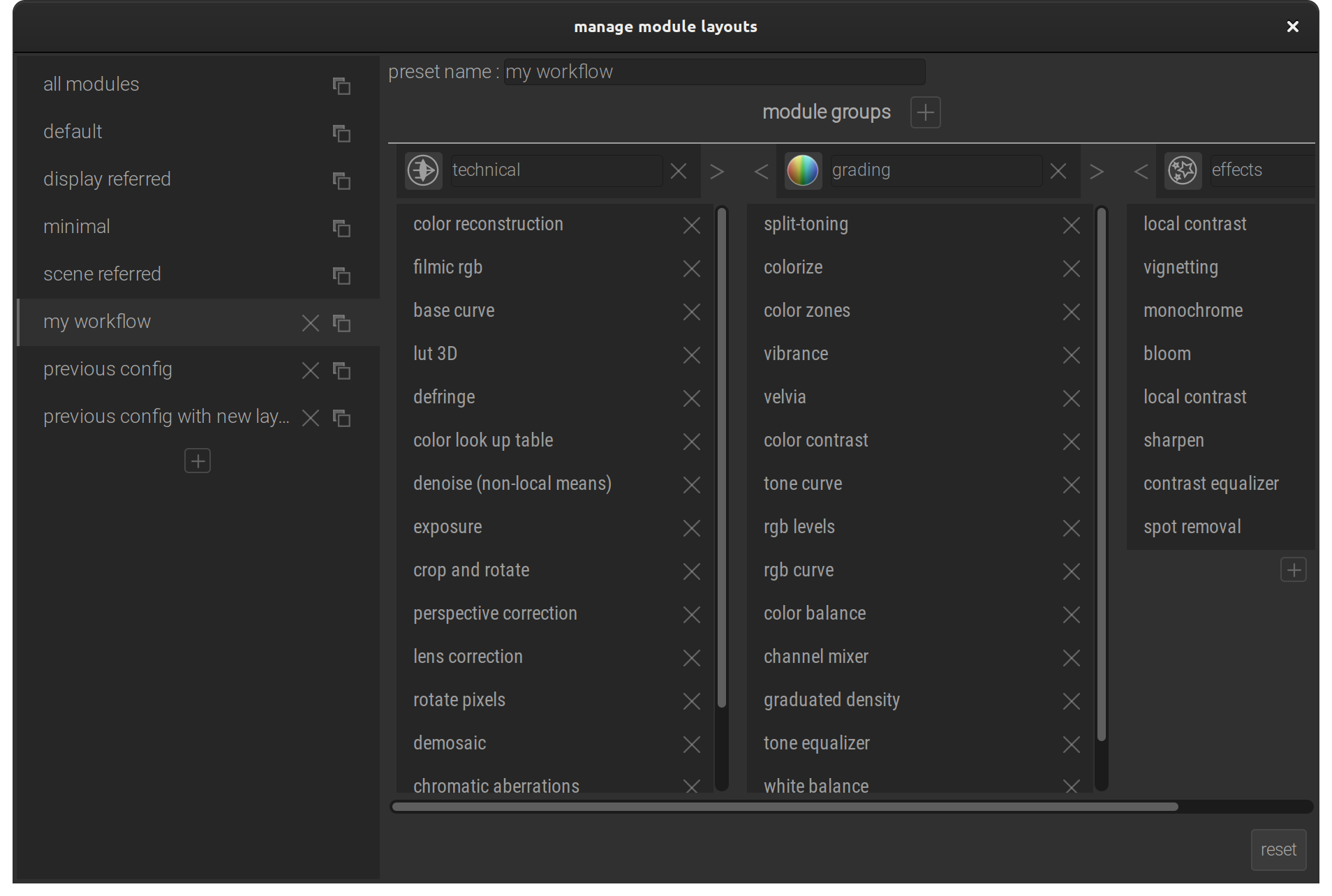
A few more things left to mention. Ralf Brown added a new implementation of nonlocal-means denoising. Hanno Schwalm added basic monochrome image workflow. And another thing you can see on the first screenshot above: Hubert Kowalski says it’s no big deal, but people have been waiting for colored white balance sliders in darktable since forever, and they are now getting both that and a few other improvements. See the PR thread for technical details if you want to know the background.
Alberto Griggio released ART 1.5.1 with new demosaic methods, better RAW histogram, and support for Canon EOS R5 and R6.
One fun little project I had some time to get to know recently is Filmulator, a program for developing raw photos. It’s kind of intentionally stripped down to essential features. You don’t get things like sharpening or a blemish removal brush but you do get some interesting controls over tonal reproduction. Here is the list of changes.

3D
Blender 2.91 is now in beta. Here is a nice preview:
Meanwhile, Blender Foundation is now official Associate Member of The Khronos Group. Here is how Ton explains what that means for the project:
The benefits are very practical; Blender uses open standards, these standards are being designed and upgraded by Khronos groups. We now get information early and can help shaping new versions of standards.
— Ton Roosendaal (inactive)🔸 (@tonroosendaal) October 21, 2020
Examples: OpenGL, OpenCL, OpenXR, Vulkan, Gltf, Collada.
CAD
There have been two BlenderBIM releases lately, Dion Moult is really on fire! I find it hard to pick even a few changes out of dozens and dozens (and dozens), help yourself :)
But that’s not all. Ladybug tools for Blender is now a work-in-the-progress project. It’s easy to see why Dion Moult is so hell-bent on turning Blender into a world-class BIM tool. Blender is a just a spectacular platform for building complex things.
QCAD 3.25 is out. The property editor now displays total area of mixed selection of polylines, arcs and circles, and the PDF exporter can now generate PDF/A-1B files. As usual, there are more changes in the non-free professional edition.
There’s a new workbench called Mechatronic available for FreeCAD, It comes with a library of parameterizable mechatronic components like a shaft holder, a breadboard, a linear guide etc. See here for more info.
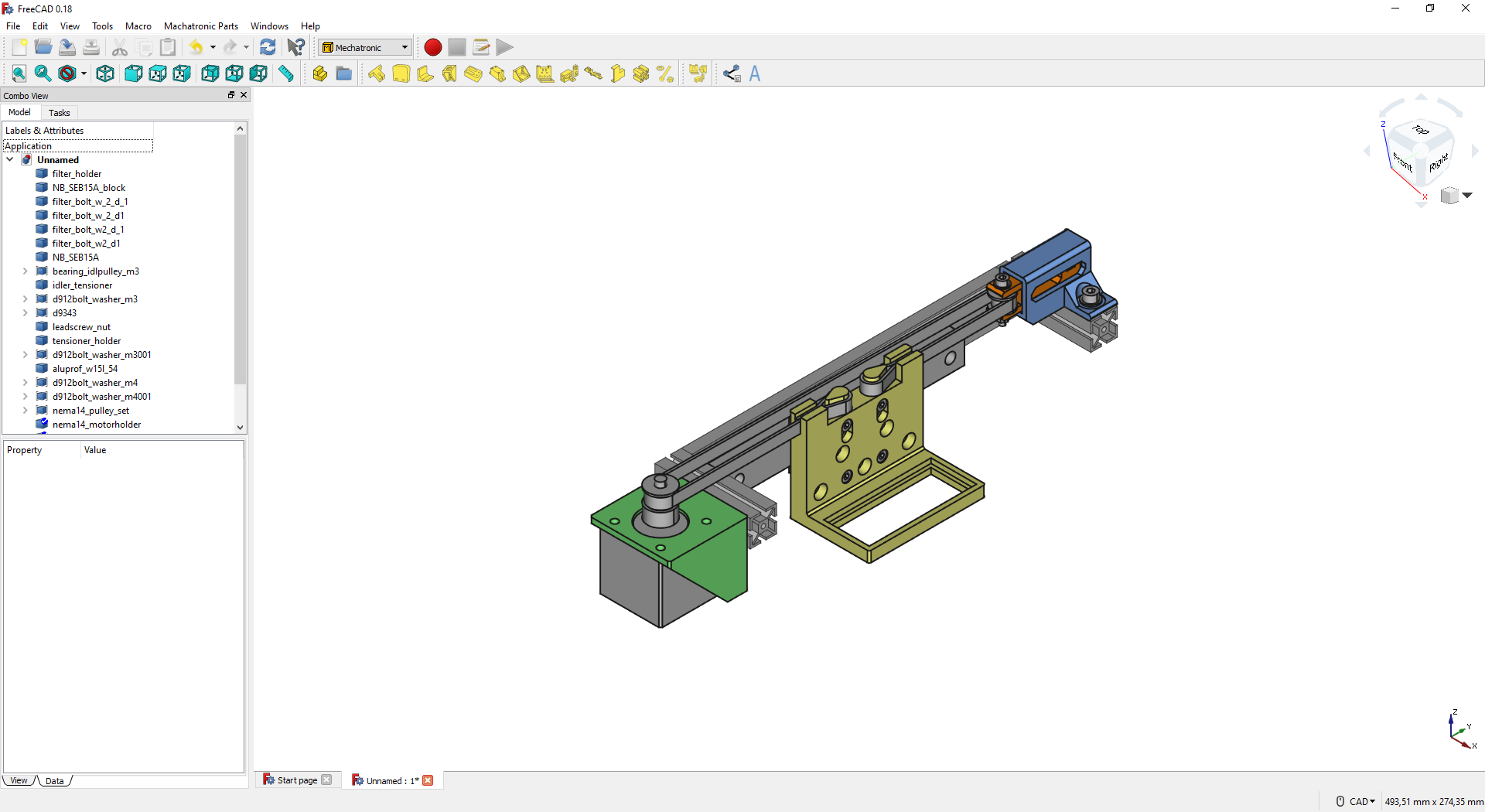
GitHub user ppaawweeuu updated an older Blender add-on by Dealga McArdle for importing CityGML files (3D city models).
The benefits are very practical; Blender uses open standards, these standards are being designed and upgraded by Khronos groups. We now get information early and can help shaping new versions of standards.
— Ton Roosendaal (inactive)🔸 (@tonroosendaal) October 21, 2020
Examples: OpenGL, OpenCL, OpenXR, Vulkan, Gltf, Collada.
LibrePCB 0.1.5 is out with major improvements like copy-pasting finally working in schematic and board editors. See this blog post for details.
KDE.news recently ran a great interview with Gina Häußge, principal developer of OctoPrint. If you are into 3D printing, you should definitely check it out.
Video
Shotcut 20.09.13 is out featuring new Blur: Pad and Text: Rich filters. It also comes with new default layoots and and easy switcher between those, following a similar change in Kdenlive recently.
MattKC posted a long, detailed update about the state of affairs with the big rewrite of Olive. I think it’s vastly more important than all the recent changes in the git repo (save for newly added OTIO importing maybe). TL;DR: rewriting is overwhelming, the combination of changes has probably never been tried before by anyone, the progress is OK.
Kdenlive 20.08.2 was recently released with a little more than bug fixes. Automatic scene split made its comeback and the Crop By Padding filter was added. See here for the full log of changes.
Music-making
While Paul Davis is focused on the nutempo2 branch in Ardour (to allow freely switching between editing in musical time and samples domain), Lucian Iam resumed his work on the WebSockets based surface for controlling Ardour from a web browser.
Meanwhile, Ayan Shafqat added code for ARM NEON optimized routines, same as the previous time with AVX instructions — for finding and computing peaks, applying gain to a buffer, and mixing buffer with and without gain. All of that is now available in Ardour 6.3 along with other changes.
One really huge new feature that is making it to the next release (v6.4, presumably) is the much anticipated VST3 support. I’ve tested that with recent release of Surge and Dexed, and it works like a charm. You get MIDI in and audio out. You get automation for controls etc. It seems impossible to see the list of built-in presets in the host’s own drop-down list. But let’s be frank: huge synths tend to have categories for that, and a flat list just wouldn’t cut it anyway.
New in development: initial support for VST3 plugins now available in the main dev branch pic.twitter.com/75RR23bd1R
— Ardour DAW (@ardourdaw) September 28, 2020
There have been several new releases of Zrythm since my last recap. Some of the highlights are:
- Stem exporting
- Free drawing in velocity editor and automation editor
- VST3 support enabled on Linux (rejoyce ye Surge users)
- DSSI and LADSPA plugin support
- Support for VST and LADSPA shells (libraries that contain multiple plugins)
- Dragging MIDI and audio files directly into the timeline
- Modulator track now available, modulators can be connected to controls
- Regions can be merged now
- Chord pads
- Add hardware processor for controlling input hardware ports (can now record with RtAudio/RtMidi)
- Write to zrythm.log under the system’s temporary dir until the actual log file is initialized
- Add framework for MIDI functions (such as legato)
See this full list of changes so far.
The sfizz 0.5.0 sampler/synth was recently released. Some of the major changes are support for Flex EG opcodes by ARIA and LFOs as modulation sources, an actual custom GUI (built with DPF), support for reverb, gate, distortion, and compressor effects, and more. See here for more.
In an unbelievable case you missed a PipeWire development update, here is where you can find it. Newsworthy quote:
As Wim reported yesterday things are coming together with both the PulseAudio, Jack and ALSA backends being usable if not 100% feature complete yet.
Tutorials
Luciano Muñoz posted an introduction to Grease Pencil in Blender:
New Inkscape tutorial by Nick Saporito:
Adam Cox explains using QGIS and GIMP for enhancing historic maps:
Ryndon Ricks (TJ FREE), SpongeBob tracing and shading wiht Inkscape and Krita:
Unfa on making voiceovers with Ardour 6 and free LV2 plugins:
Artworks
MrCoffee Time, Tom Bombadil, made with Krita:
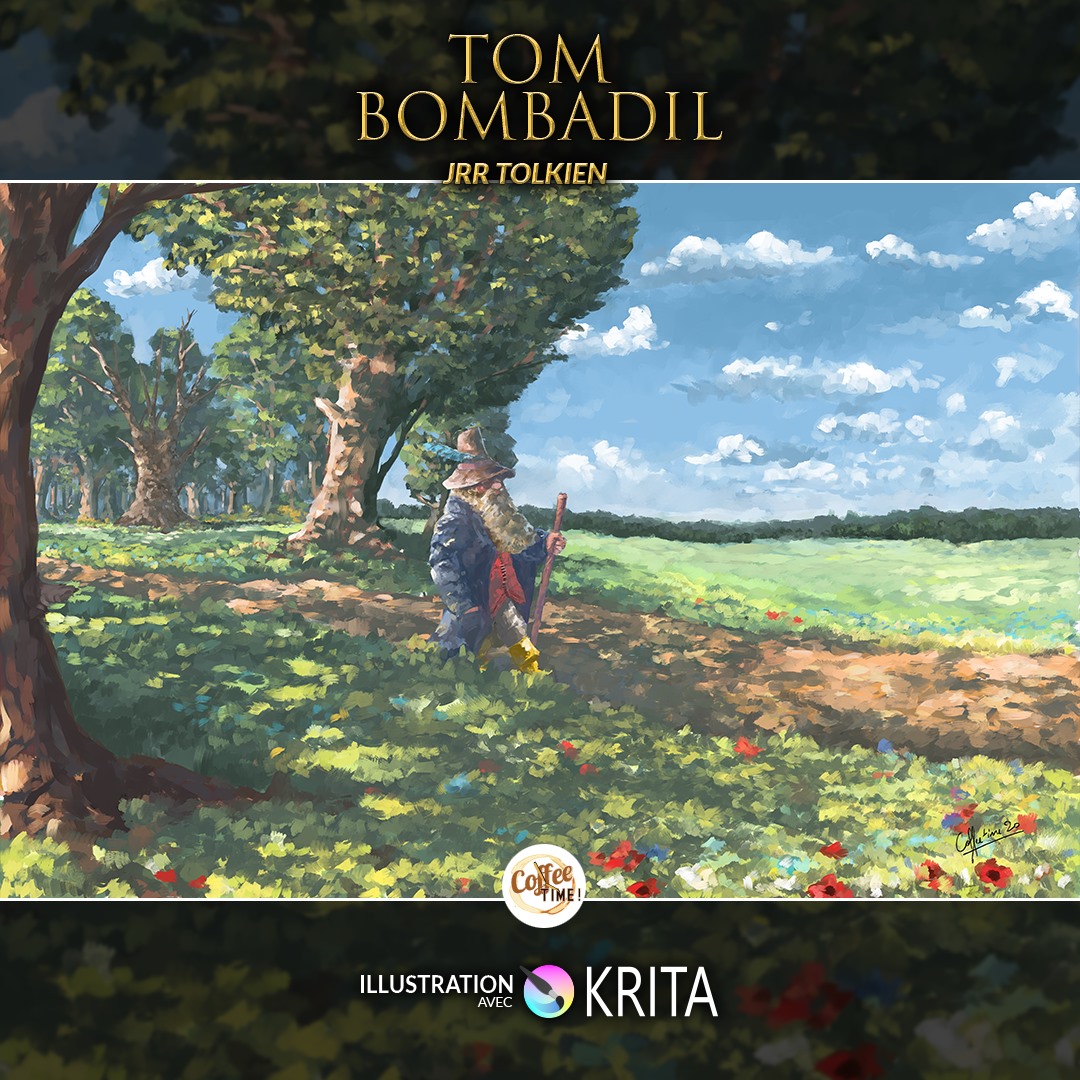
Arga Raditsya B, building through knowledge, books, pen and ink, made with Krita:
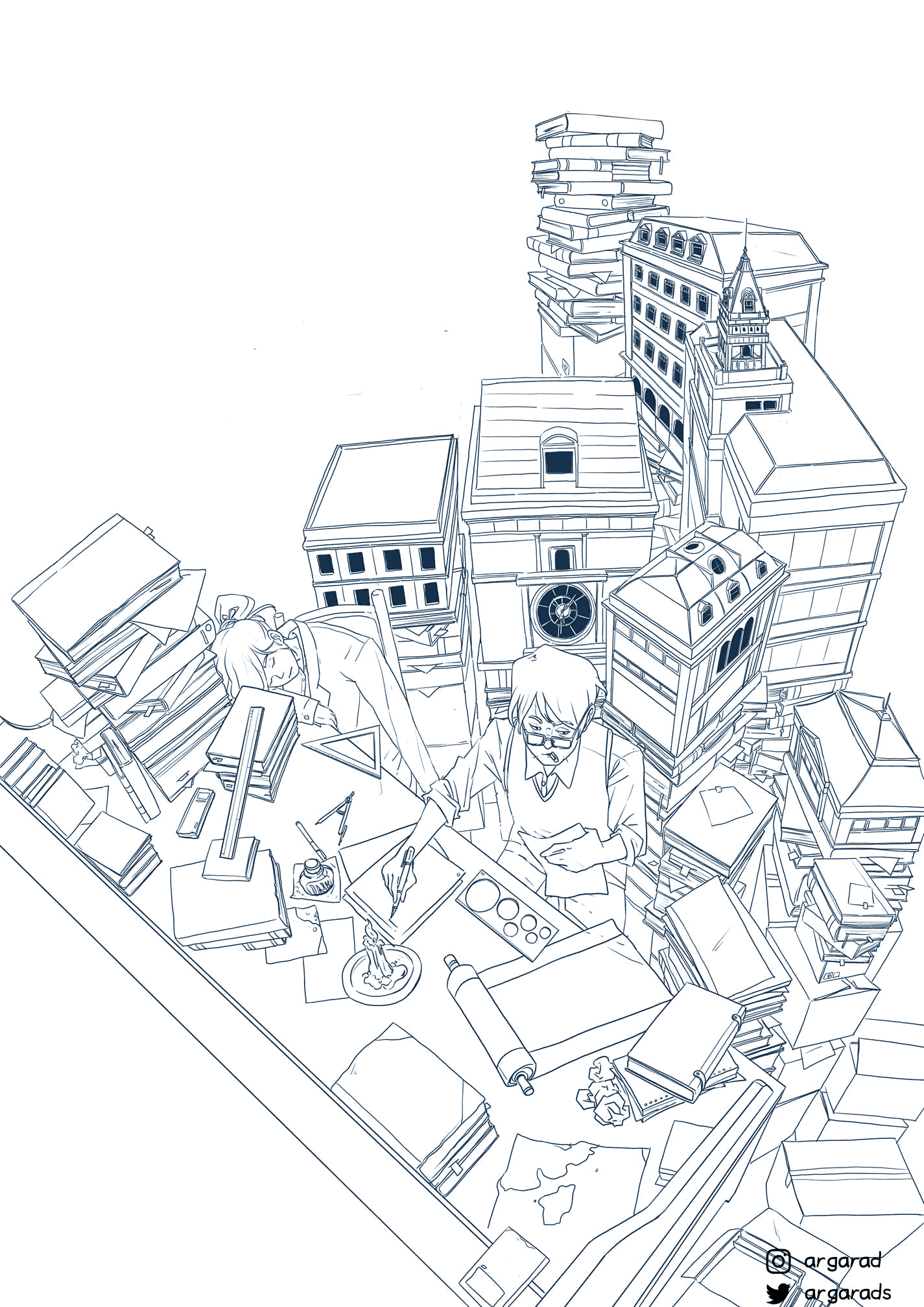
Another valley painting by Philipp Urlich, made with Krita. You can watch (more like listen to) a recent interview with Philipp on Twitch by the way.

Patreon subscribers get early access to my posts. If you are feeling generous, you can also make a one-time donation on BuyMeACoffee.
